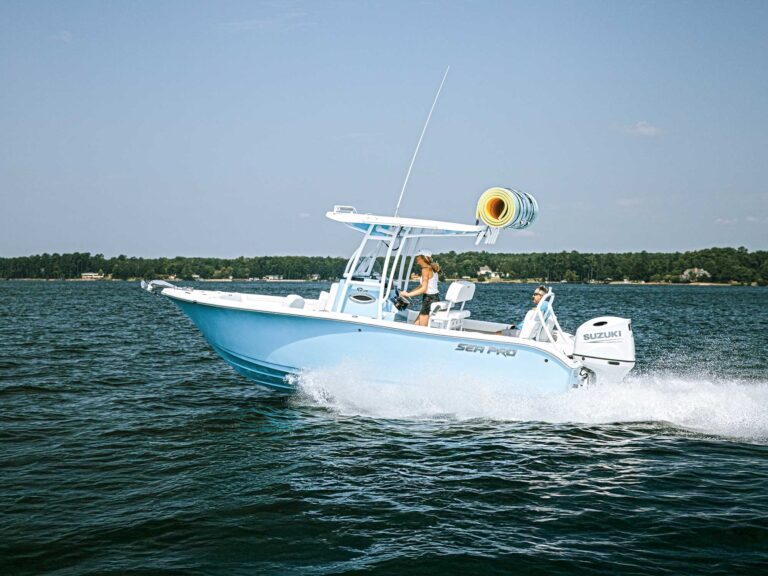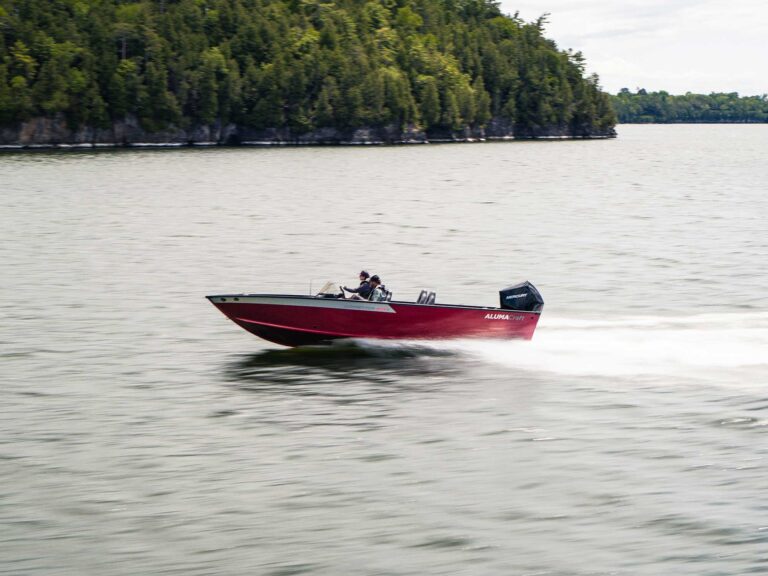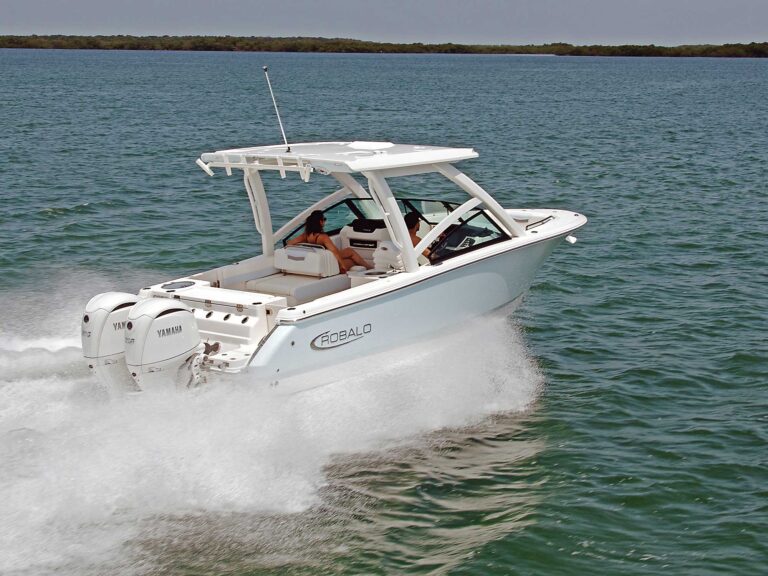Two types of inflatables are deployed manually or automatically. All varieties are U.S. Coast Guard Type III devices and must be worn (not stowed) by anyone age 16 and older to be legal life-saving devices. They function similarly; an inflatable bladder within a Velcro- or zipper-enclosed compact collar or pouch deploys automatically when wet or manually by a rip cord.
Horse Collar
This style is so nicknamed because it looks like the yoke put over a draft horse’s neck. When it deploys, it will float an unconscious person faceup automatically. If it were an inherently buoyant model, it would be called a Mae West — or, in today’s terms, a Pamela Anderson.
Inflatable horse collars are much less bulky than a Pamela Anderson, minimizing the discomfort of wearing one. Better models (life vests, not the swimsuit beauties) have a fleece collar liner to prevent chafing. All have adjustable straps to custom-fit them to any person heavier than 90 pounds. Polymer buckles are durable and corrosionproof.

Belt Packs
These simple packs can be worn around the waist. But to easily use one, the pack must be in front, so when the horseshoe-shape bladder pops out, it’s easy to pull over the head. These are so compact that they won’t interfere with a tan or add unnecessary bulky or stuffy clothing in hot, humid weather. Of course, you must be conscious to inflate and pull it over your head so it will float you faceup.
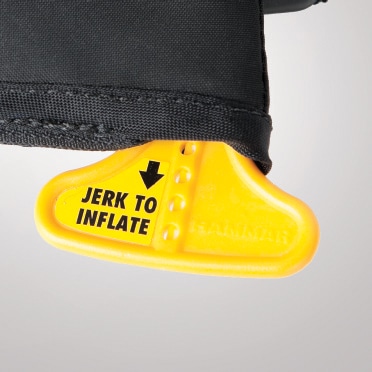
Jerk to Inflate
Each manual or automatic inflatable has a yellow rip cord labeled “jerk” or “jerk to inflate.” Pull it to drive a pin into the carbon dioxide cartridge and release the gas into the air bladder. It’s startling but not quite as startling as falling overboard. Each manual and automatic life vest has this rip cord. Pull it when it’s not needed, and you deserve to wear the rip cord forever on your forehead. It is a pain and expensive to repack.
Disadvantages: Manuals help only if you are wet and mad, not wet and debilitated.
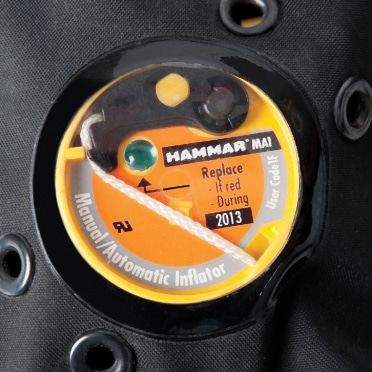
Hydrostatic Inflation
This is the best automatic inflation system money can buy. Push it just slightly under the water, and a pressure sensor feels the compression of the water and pops the carbon dioxide canister to inflate. Voila! It won’t pop when wet, only when submerged. A small green bead in the inspection window tells you the device is armed and ready. A red bead tells you it needs to be repacked.
Disadvantages: It costs more than $200, and re-arming kits cost more than $70. Some automatics employ a dissolving tablet to deploy and cost less, but could — and sometimes do — inflate in rain.
Repacking is a Pain
I’ve done it twice — once on a belt pack that got the “jerk to infl ate” tab stuck in a door jamb. I repacked it wrong even after poring over the directions. Don’t ask me why I tested it. I repacked a hydrostatic unit correctly in about 30 minutes. Practice makes perfect, but it’s expensive, costing between $15 for a manual and $80 for a hydrostatic model. Oh, and you can infl ate them all with your mouth too, but I’d get all fl ustered around Pamela and have trouble puckering up.





